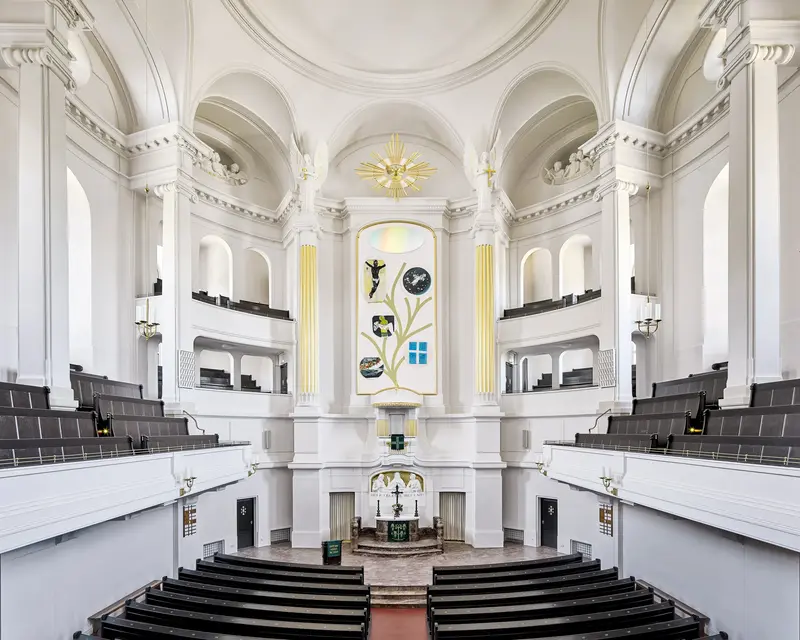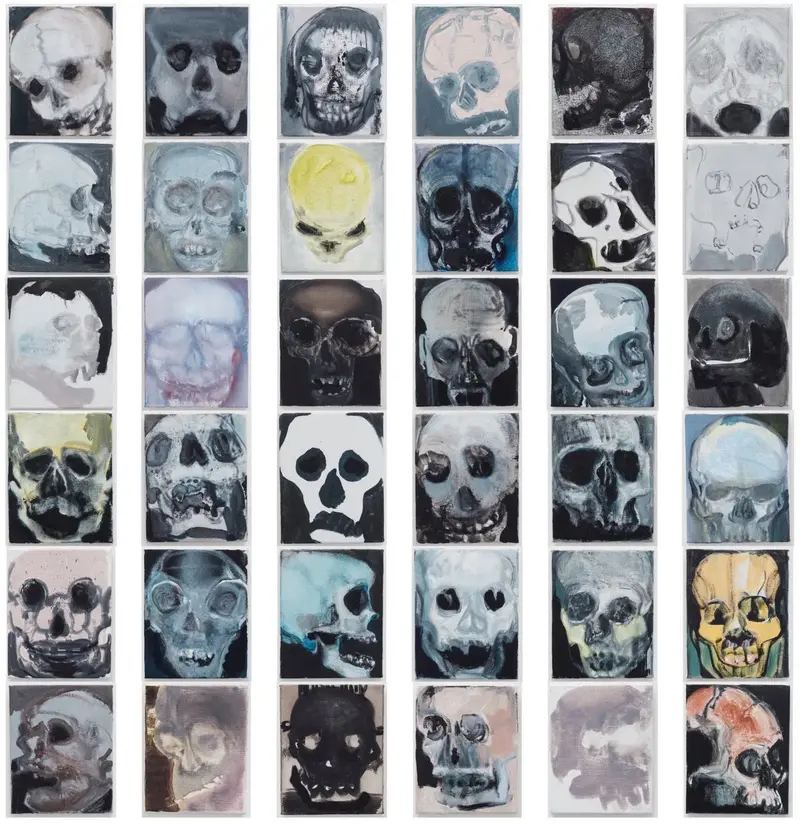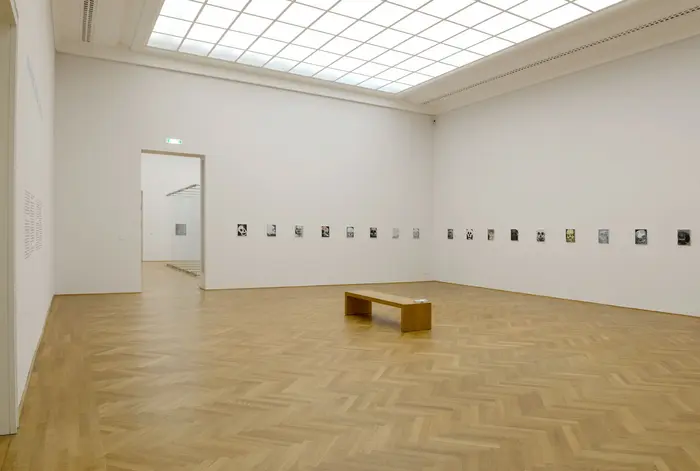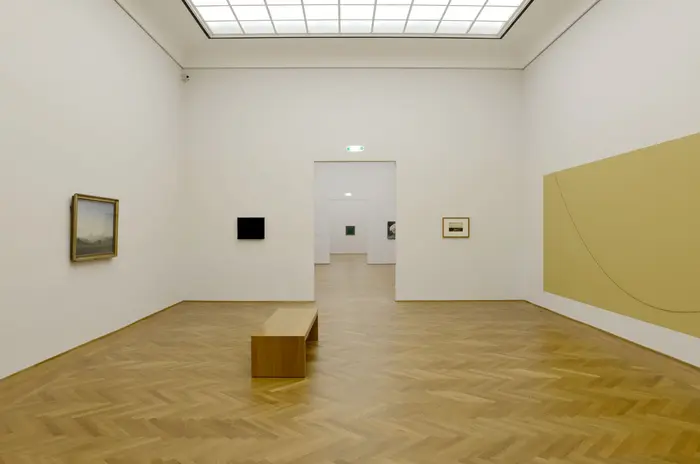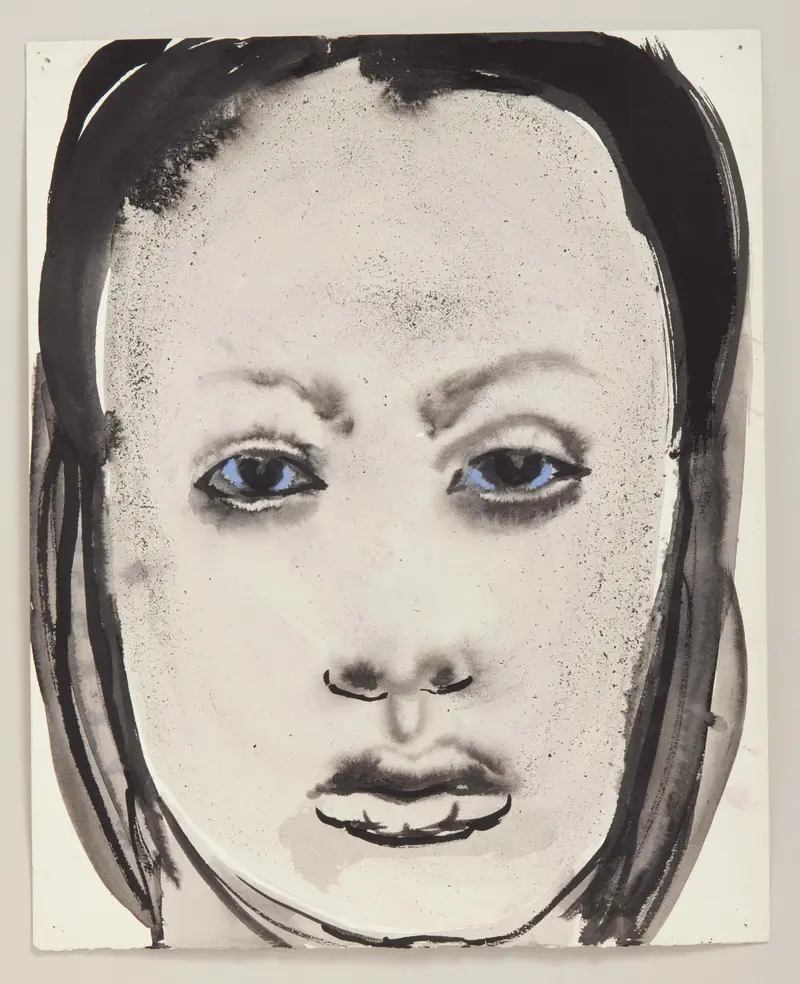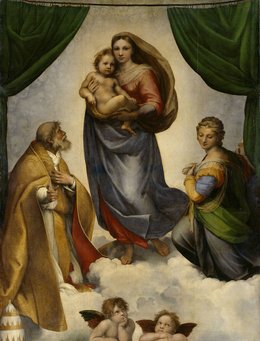Text
Marlene Dumas (*1953 in Cape Town, South Africa ) is one of the most important painters of our time. Her main interest is the human image. In her paintings and drawings, she avoids anecdotal details or atmospheric foregrounds or backgrounds. Instead, she reduces them until the existential constitution of her figures becomes visible. She prefers the term "situation" for a moment that is immediately touching. Suffering, pain, desire, life, death – Dumas always renders visible the ambivalence of each image, of each feeling. Like a projection surface, her painting mirrors fears and hopes.

